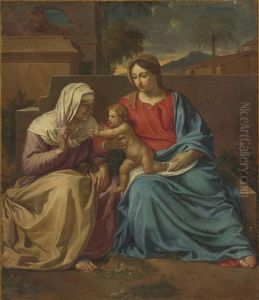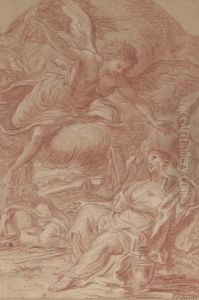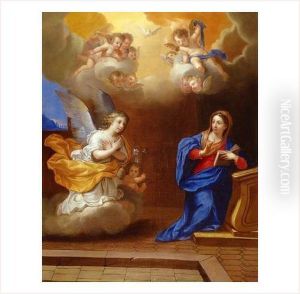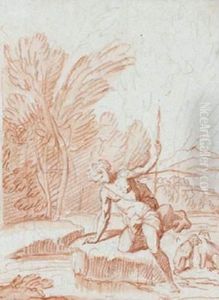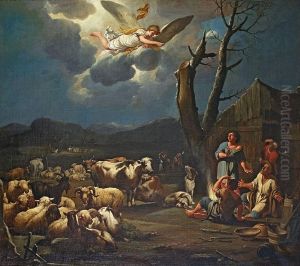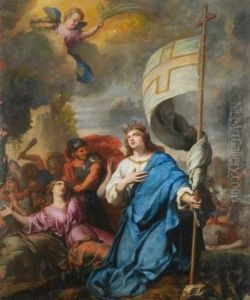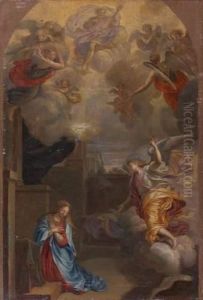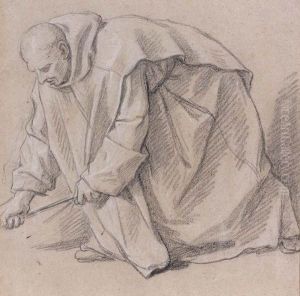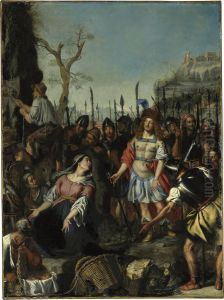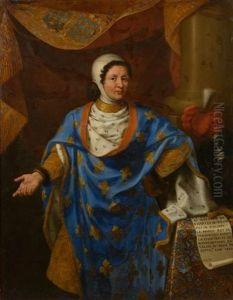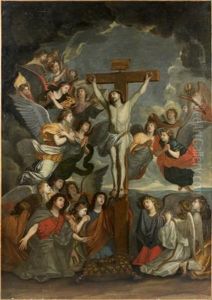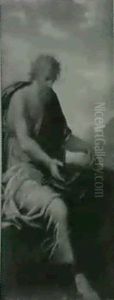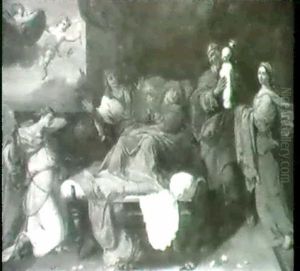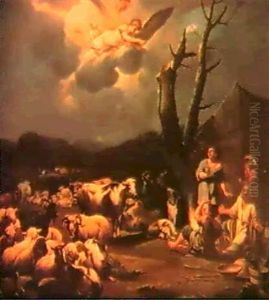Louis Licherie De Beurie Paintings
Louis Licherie de Beurie, also known as Louis Licherie, was a French painter born in 1629 in Issoudun, a small town in central France. Not much is known about his early life or education, but he is recognized for his contributions to French Baroque painting during the 17th century. Licherie's work was influenced by the dominant artistic movements of his time, particularly by the grandeur and dramatic expressiveness of the Baroque style.
Licherie traveled to Italy early in his career, which was a common practice among artists of that period. The journey to Italy was considered an essential part of an artist's training and development, and it provided exposure to the works of great Renaissance masters as well as contemporary Baroque artists. Licherie's time in Italy had a significant impact on his artistic style, as he absorbed the rich cultural and artistic traditions of the Italian masters.
Upon returning to France, Licherie gained recognition for his work and began receiving commissions. He was particularly known for his religious paintings, which often adorned the walls and ceilings of churches and other religious institutions. His ability to convey dramatic narratives and his use of chiaroscuro—a technique that employs strong contrasts between light and dark to achieve a sense of volume and three-dimensionality in painting—were well-regarded. These qualities are evident in one of his notable works, 'The Martyrdom of Saint Bartholomew,' which showcases his skill in depicting human figures and his understanding of dramatic composition.
Throughout his career, Louis Licherie de Beurie's work was marked by a dedication to the Baroque style, with its emphasis on movement, vivid detail, and emotional engagement. Although he may not be as widely known as some of his contemporaries, his paintings contributed to the rich tapestry of French Baroque art. Licherie died in 1687, leaving behind a legacy that, while somewhat obscure, represents an important facet of the artistic developments of his time.
